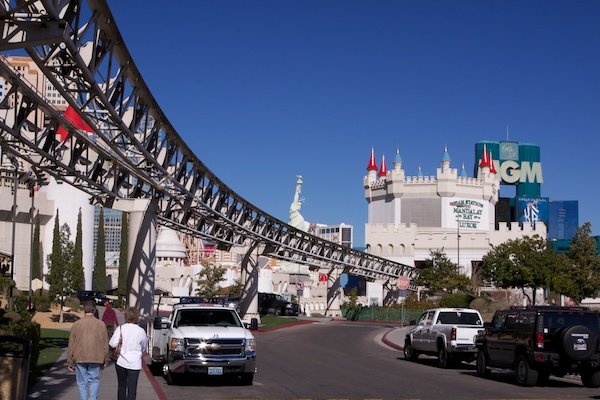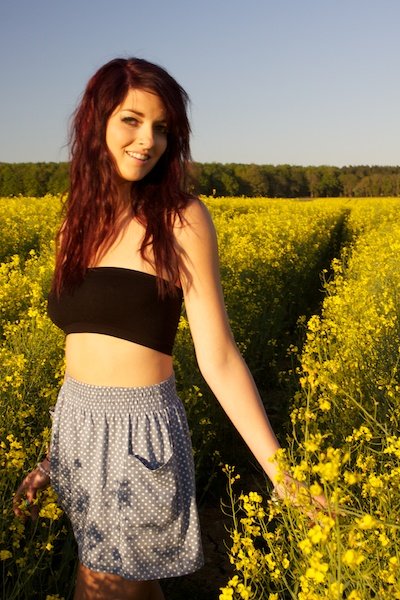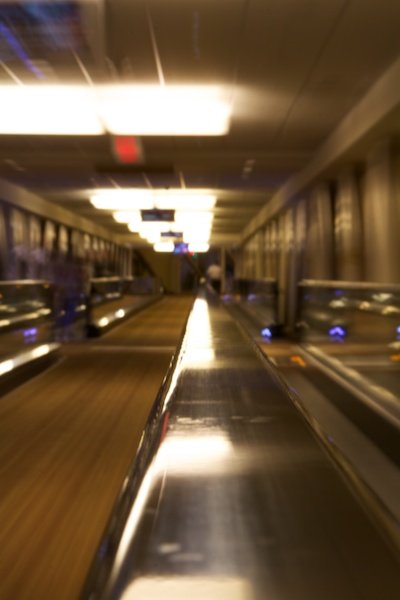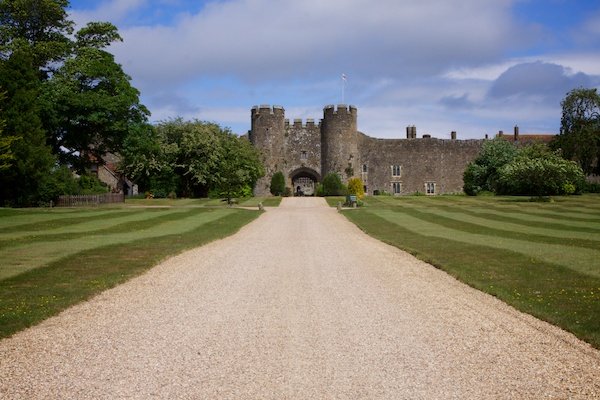Using converging lines in photography can be a great way to add interest and dynamism to your images. In this article, we’ll show you how to take advantage of converging lines to produce more interesting and dynamic photos.
We’ll explain what converging lines are and give you some tips for using them in your own compositions. Read on to learn how to create more exciting compositions.
Converging Lines in Photography for Placement and Depth
The most important thing to decide when including converging lines is where you place them. Know whether you want them to go from left to right through the frame or whether you want to shoot from the middle of them. The latter is demonstrated in my reader’s photo below.
When you place yourself in the frame like this, multiple lines converge at a single point when given enough distance. This can create a strong sense of depth. The lines draw your eyes into the frame to a seemingly infinite destination.

Converging lines are good at creating depth to varying degrees, depending on their placement. Placing yourself in the scene, as in the photo above, has the strongest effect. I tend to use this the most.
When the lines start at one side of the frame, the feeling of depth is lessened. But they still draw your attention to a single point, as shown below. 
Direction and Movement
One of the strongest uses of lines is to draw your attention to a certain part of the frame. Converging lines do this particularly well because multiple lines come together at a single point.
Try to look for lines when taking photos. Think about how you can use them to effectively direct the viewer’s attention to a certain part of your frame.
In the photo below, I used the pavement’s converging lines to draw the viewer’s eyes up toward my subject’s eyes. Note that his eyeline is looking down the converging lines. This creates an opposing sense of direction and an interesting balance in the photo. When you place your subject in the foreground, use converging lines behind them. This creates multiple contrasting points of interest.
When you place your subject in the foreground, use converging lines behind them. This creates multiple contrasting points of interest.
In my photo below, your eyes are drawn to the subject first. Then they lead down the path behind her into the distance. This creates a strong feeling of depth and intrigue. Because of this one line, it’s much more interesting than a simple portrait of a model.  Adding movement to the camera while you’re capturing the image gives a feeling of speed. The lines blur in the same direction, not from side to side as they typically would if you weren’t holding the camera steady.
Adding movement to the camera while you’re capturing the image gives a feeling of speed. The lines blur in the same direction, not from side to side as they typically would if you weren’t holding the camera steady.
This is a good way of making lines appear stronger, as demonstrated in the photo below. 
Focal Length and Distance
If you really want to accentuate a set of converging lines, use a wide-angle lens. Telephoto lenses compress the image, causing lines to appear straighter. The same is true for your distance from the point of interest, which is where the lines converge.
Have a look at the photos below of a path at a castle. You’ll see that the first photo was taken at a slightly longer focal length. The effect of the converging lines is much greater because of the distance from the point of convergence.
Points to Consider When Shooting Converging Lines
- Where do you want your lines to converge?
- What point of interest do you want your lines to converge on?
- Consider using the rule of thirds when converging lines onto a single point.
- Do you want the lines to converge out of the frame to create an unbalanced feeling?
- Are you trying to direct the attention or balance the photo?
 Conclusion—How to Use Converging Lines in Photography
Conclusion—How to Use Converging Lines in Photography
Using converging lines in your photos is great for many reasons. You can use them to draw your viewer’s attention, balance a photo, or even create unease. And once you start looking for them, you’ll see converging lines all around you.
Begin incorporating them in your photos. You can add dynamism and interest to everything from architecture photography to portraiture.



